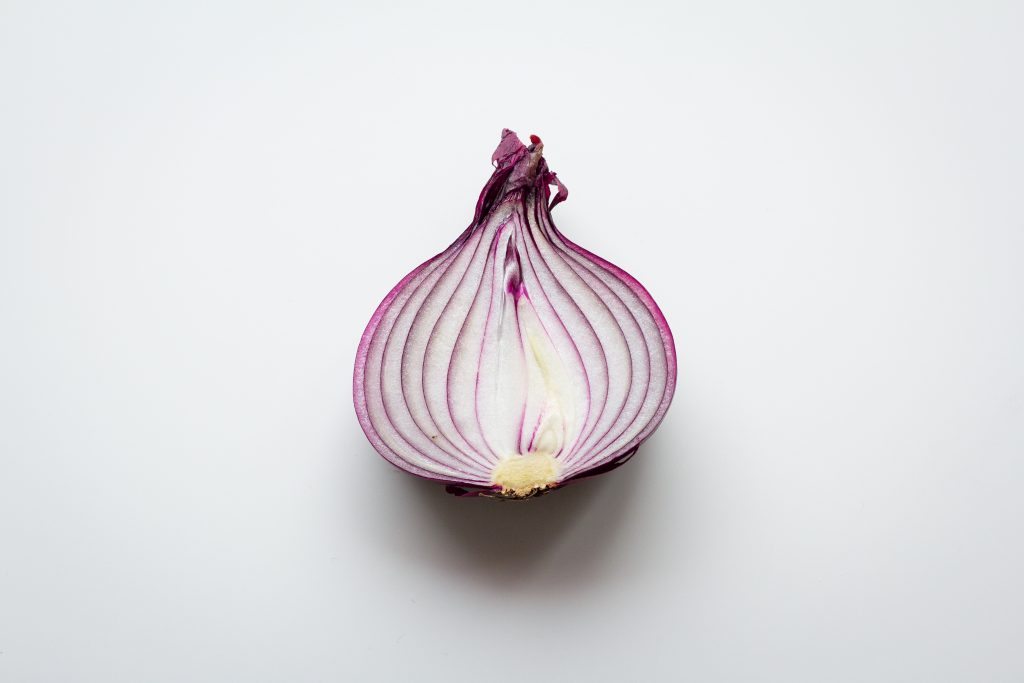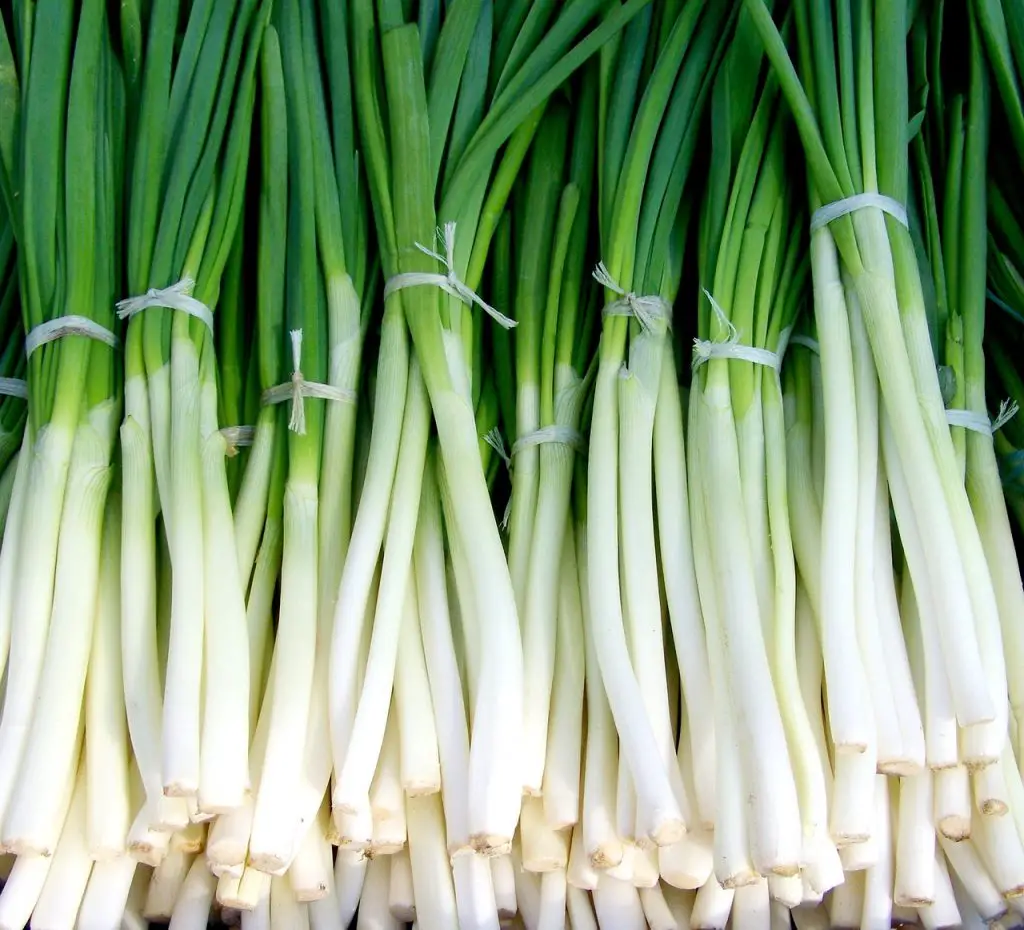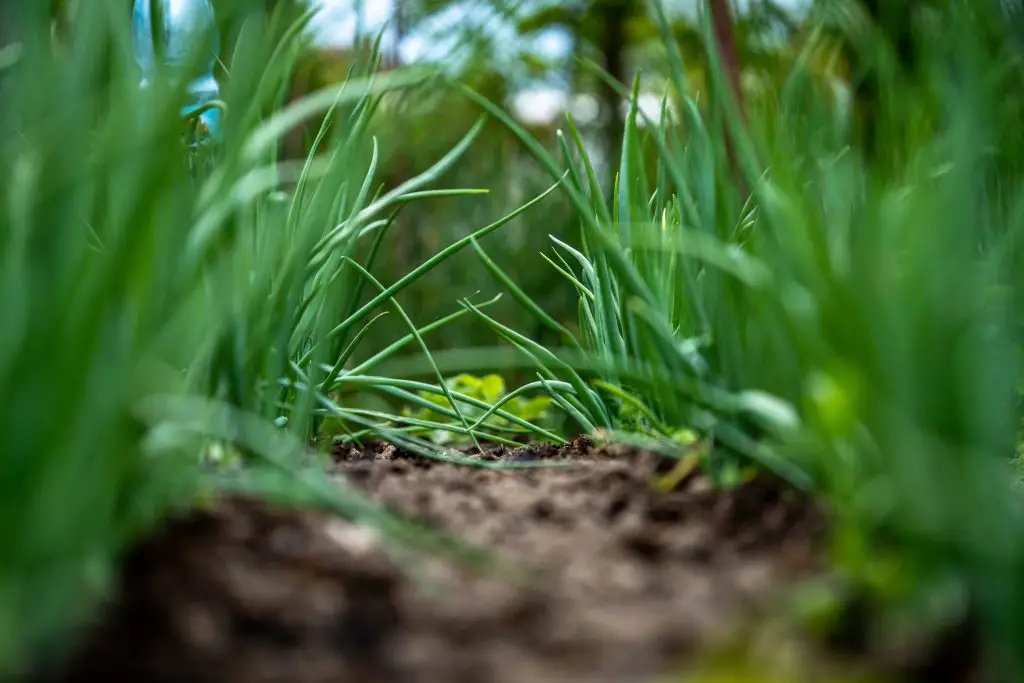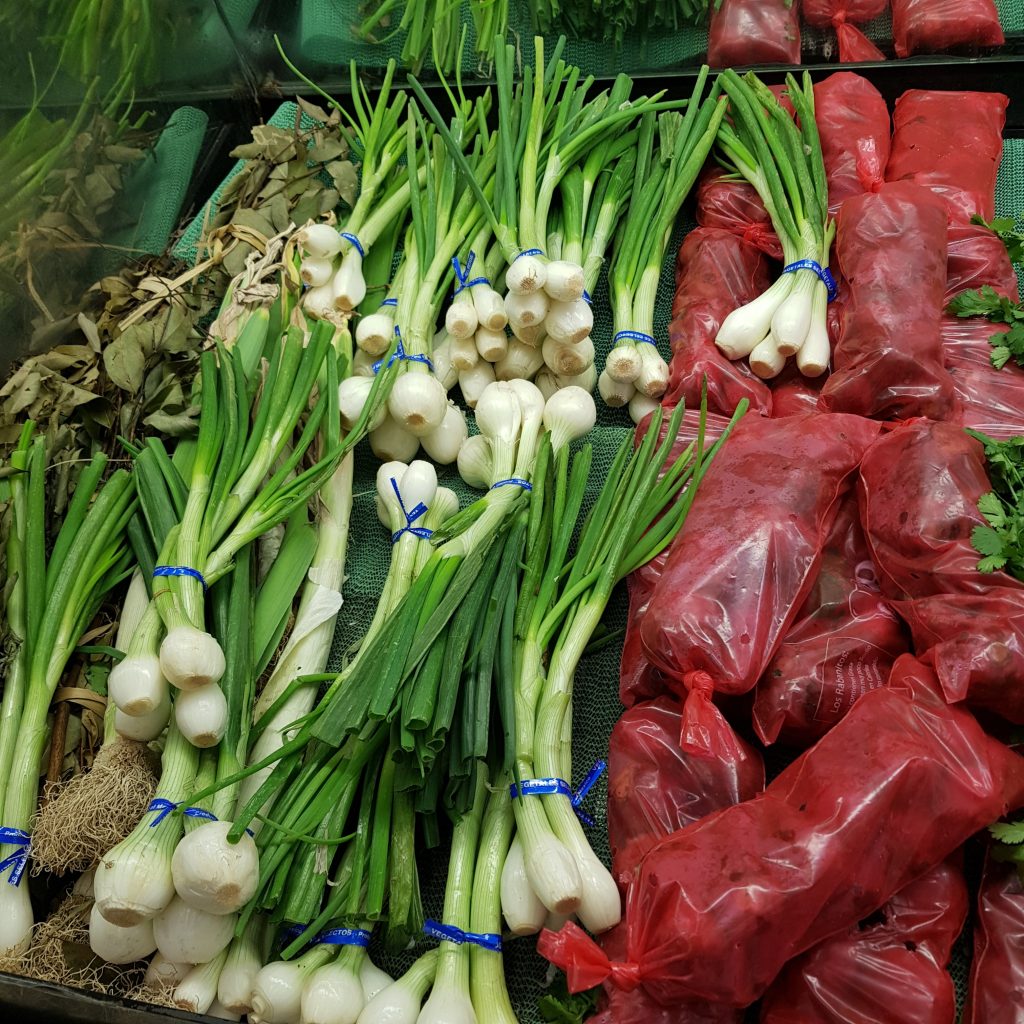Is An Onion A Vegetable? Onions are one of the most popular vegetables in the world. They are widely used in most cuisines around the world, however, there is much confusion about what an onion actually is. Is it a fruit or a vegetable?
An Onion is a vegetable, vegetables are defined as a section of the plant that we eat which can include the stem, root, leaf, flower, or tuber, but generally does not include, seed-bearing bodies which are referred to as fruits. The section of the Onion that is generally eaten that is referred to as a bulb is actually a modified stem.
However, the term fruit and its generally accepted definition as a fruiting body is also somewhat confusing as many of the things we generally label as fruits are actually berries according to Wikipedia. From a botanical point of view, berries are defined as something that is produced from a single flower with a single ovary. Based on this definition fruits such as tomatoes, eggplants, bananas, and avocados are actually considered berries.

About Onions
Onions are one of the oldest known vegetables which have been cultivated for over 5000 years. While their precise origin is not known it is believed that onions were first grown in the middle east in places like Pakistan and Iran. It is likely that they became widely cultivated because they could be stored for long periods of time.
The modern varieties were selectively bred from the wild Onion which is now extinct and they are now available in a huge range of different cultivars which can be divided into bulbing and non-bulbing varieties.
Non-Bulbing Varieties
Non-bulbing Onions are generally grown for their green foliage, however, there are several varieties that have partially red foliage. The red on the stem generally appears at the base of the plant, however, as you go higher up the stem of the plant the green foliage reappears.
They are generally called Spring Onions but are less frequently referred to as green onions and to a lesser extent as Scallions. These terms are used interchangeably by the general public to refer to these onions however, Scallions refer to non-bulbing varieties of onions, whereas Spring and Green Onions refer to young onions that are picked in the spring prior to the formation of a bulb.
The majority of Spring Onions that are sold in major supermarkets are actually produced using bulbing varieties that are picked when they are young.

Bulbing Varieties
The bulbing varieties of Onions, which are much more frequently eaten cooked can be classified into three main groups; short, intermediate, and long day Onions. This refers to the number of daylight hours required by the plant to initiate bulb formation.
An onion starts out as a thin green shoot that resembles a blade of grass. As the plant gets larger the stem thickens resembling a small Spring Onion. Once the plant reaches sufficient size and the day length reaches a critical point then the lower part of the stem will begin to swell to form the bulb that we are all familiar with.
Due to the different day lengths required for different varieties, there is a limitation on the locations where some varieties can be grown. Those living close to the equator are limited to growing short day-length onions as the day length in those regions remains fairly constant at around twelve hours.
However, in locations further north or south of the equator where the daylight hours are significantly longer in summer, a wider variety of different cultivars can be grown. In these regions short-day onions are used to produce early crops as the reduced daylight hours allow in an earlier crop being produced as the formation of the bulb is initiated earlier in the growing season. A brief description of the categories of bulb onions is provided below.
Short Day Onions
Short-day are classified as those varieties that require around 10 to 12 hours of daylight to initiate bulb formation. As mentioned above these varieties can be grown in any region but are the only type that can be grown in regions 35 Degrees Latitude North or South of the equator. The Onions within this group have a sweeter taste due to their higher sugar and water content. The increased water content limits their capacity to be stored making them suitable for immediate use only.
Intermediate Day Onions
These varieties require a day length of around 13 to 14 hours per day, to create a bulb. They are most suited to regions that are between 35 to 45 degrees, from the equator. This includes places like southern Europe and American states north of Florida.
Long Day Onions
Long day refers to onions that can only be grown at Latitudes of 45 Degrees which includes Canada and Northern Europe. These varieties require 15 hours or more of daylight, to create a bulb.

Are Onions Easy To Grow?
Onions are an incredibly easy vegetable to grow as they have a wide planting window during the year and are highly tolerant of a wide variety of weather conditions as they are both frost and drought tolerant. They also produce a large yield which is easy to store will little effort.
They are also extremely giving with respect to when they can be harvested, onions can be picked at almost any stage during the season as spring onions, small bulbs, or mature bulbs. And the mature bulbs crop can be stored for months in a cardboard box in a cool dark location.
How To Grow Onions?
Onions are frost-tolerant plants that will survive in temperatures as low as -6°C (20°F). Most gardeners grow Onions from seed, however, they can also be grown from Onions sets (little bulbs). To learn more about the advantages and disadvantages click here.
As mentioned above onions have a wide planting window and can be planted anytime from Autumn provided that the winters are not too cold in your location. However, most gardeners generally plant seeds is in late winter to early Spring. The reason for this is that while planting in Autumn can give an earlier harvest it only advances the harvest by a matter of weeks rather than months as the day length needs to increase sufficiently to initiate bulb formation.
When starting Onion seeds out they can be planted directly into the garden, however, it is best to start the plants out in seed trays because it allows greater control over the growing conditions.

Multi-Sowing Onions
The traditional approach is to sow the plants individually however it is much more efficient to plant the onions in clumps as it is faster and more efficient in terms of yield and also offers several other advantages.
One of the more important benefits is that it takes less space in the seed trays. You can produce an enormous crop using only one or two trays. In a tray with 30 cells approximately 150 plants can be grown.
Another benefit is that the clumps are much faster to transplant as for every planting hole created 5 seedlings are planted. Additionally, if the whole plug is planted there is less root disturbance for the seedlings.
Additionally, as there are 4 to 6 plants per clump the clumps can be spaced further apart without sacrificing yield. The advantage of this is that it allows a dutch hoe to be used to remove weeds which is significantly faster than hand weeding.
However, when planting in clumps it is important to note that the number of plants per clump is limited to approximately 5 as any more than that will result in the production of small onions. To ensure that you get at least that number of plants in a clump it is best to sow 5 to 7 seeds per module as the clumps can be reduced in size by thinning them out prior to planting.
Planting Seeds
When planting in clumps it is best to compact the soil by squashing it down with your fingers to create a solid plug. The reason for this is that it makes planting the clumps out in the soil easy and it minimizes root disturbance as the contents of a cell can be taken out as a single plug.
When placing the seed in the soil they should be planted at a depth of 0.5 inches (1 cm) and then watered in well. The seeds will typically take 7 to 10 days to germinate and then a further few weeks to reach a sufficiently large size to allow them to be planted out into the garden. However, the plants can be left in for longer if there is not space in the garden.
Clumps should be spaced approximately 12 inches (30 cm) apart in the garden bed. To perform at their best the location should receive at least 6 to 8 hours of direct sunlight. In terms of soil conditions, onions prefer a rich, moist but well-drained soil that is slightly acidic. Once planted onions require very little maintenance apart from the occasional watering and weeding.
If you want to follow the progression of onions from seed all the way through to the final harvest I would highly recommend watching the video below from Charles Dowding. He is a well-known market gardener that produces excellent videos that will show the process of growing onions from start to finish.
Related Articles
How many varieties of onions are there?
Onion seeds vs Onion Sets – Which is best?
How Many Onions Grow From One Bulb?
Do Onions Grow Underground? What Is Normal?
Is An Onion A Root Or Stem? What Part Of The Plant Are We Eating?
